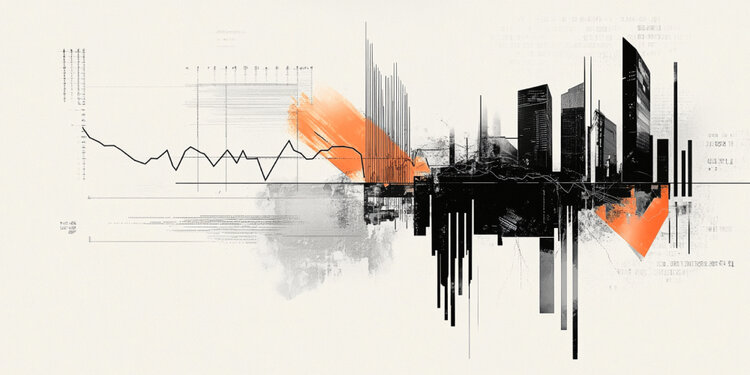- The AUD/JPY is gaining strength, supported by the improvement of the feeling of the market and the decrease in commercial tensions between the US and China.
- Australian retail sales increased 0.3% month by month in March, slightly below the expected increase of 0.4%.
- Japanese yen continues to weaken as the demand for safe refuge decreases in the midst of the growing optimism about the relations between the US and China.
The Aud/JPY is on the way to registering its third consecutive day of profits, around the level of 93.20 during the Asian session on Friday. The crossing of currencies is driven by the strength of the Australian dollar (Aud), supported by the improvement of the feeling of the market and the decrease in commercial tensions between the US and China, an encouraging signal for Australia, given its strong economic relationship with China.
According to Bloomberg, China is considering resuming commercial conversations with the US. The Chinese Ministry of Commerce said Washington has contacted to express interest in resuming negotiations. However, China is carrying out an internal evaluation and argues that the US must correct its actions related to tariffs, which considers the unilateral trigger for the ongoing commercial dispute.
In the domestic sphere, Australian retail sales increased 0.3% month by month in March, according to data from the Australian Statistics Office (ABS). While this marked a decrease with respect to 0.8%reviewed February (previously 0.2%), it was also below the market consensus of an increase of 0.4%.
Meanwhile, the Japanese Yen (JPY) remains under pressure due to the decrease in the demand for safe refuge amid optimism around the relations between the US and China. Japan and the US also concluded a second round of bilateral commercial conversations this week, with Tokyo seeking to finish an agreement for June.
In economic data, Japan’s unemployment rate rose to 2.5% in March, although labor market conditions remain adjusted. Separately, the Bank of Japan (BOJ) maintained its policy rate without changes in 0.5% on Thursday and cut its growth and inflation prospects, pointing to limited perspectives for increases in rates in the short term.
Commercial War between the US and China Faqs
In general terms, “Trade War” is a commercial war, an economic conflict between two or more countries due to the extreme protectionism of one of the parties. It implies the creation of commercial barriers, such as tariffs, which are in counterbarreras, increasing import costs and, therefore, the cost of life.
An economic conflict between the United States (USA) and China began in early 2018, when President Donald Trump established commercial barriers against China, claiming unfair commercial practices and theft of intellectual property by the Asian giant. China took retaliation measures, imposing tariffs on multiple American products, such as cars and soybeans. The tensions climbed until the two countries signed the Phase one trade agreement between the US and China in January 2020. The agreement required structural reforms and other changes in China’s economic and commercial regime and intended to restore stability and confidence between the two nations. Coronavirus pandemia diverted the attention of the conflict. However, it is worth mentioning that President Joe Biden, who took office after Trump, kept the tariffs and even added some additional encumbrances.
Donald Trump’s return to the White House as the 47th US president has unleashed a new wave of tensions between the two countries. During the 2024 election campaign, Trump promised to impose 60% tariff particularly in investment, and directly feeding the inflation of the consumer price index.
Source: Fx Street
I am Joshua Winder, a senior-level journalist and editor at World Stock Market. I specialize in covering news related to the stock market and economic trends. With more than 8 years of experience in this field, I have become an expert in financial reporting.







